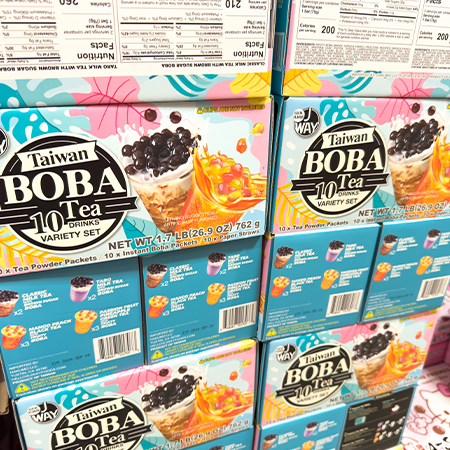Packaging has a decisive effect on consumer behavior and plays a vital role in the success of a product. Considering cultural differences and consumer habits, having packaging that is in harmony with these two critical factors is one of the keys to competing in global markets for brands. Packaging design serves as a showcase of how well a brand reflects cultural sensitivity and consumer preferences.
The Impact of Cultural Differences on Packaging
Cultural values, symbols, and perceptions of color vary greatly by region. For instance, while white represents purity in Western cultures, it is the color of mourning in some Asian cultures. Therefore, a product's packaging can vary in different geographies. Additionally, local festivals, celebrations, and traditions are significant elements that influence packaging design. To appeal to consumers on these special days, the packaging must be compatible with the local culture's colors and motifs.
The Impact of Consumer Habits on Packaging
Consumer habits influence many aspects of packaging, from the material to the design, ease of opening, and portability. For example, in fast-consuming societies, easy-to-open and disposable packages are preferred, while consumers who value sustainability are turning towards reusable and environmentally friendly packaging. Consumers sensitive to food safety may prefer transparent packaging because the ability to see the product increases their sense of trust.
Integration of Packaging into Marketing Strategies
Packaging is an integral part of marketing and brand strategy. To attract consumers' attention and tell them the story of the brand, the packaging must be consistent with marketing messages. Moreover, with the rise of social media and digital marketing, shareable and visually appealing packages increase the potential for brands to go viral.
Sustainability and Packaging
Examining consumer trends worldwide, the importance of sustainability is increasing every day. Consumers are increasingly prefer environmentally friendly packaging and reflecting this preference in their shopping habits. Brands are adapting to these changes by evolving their packaging strategies towards sustainable materials and reusable designs.
In conclusion, identifying cultural differences and consumer habits is critical for developing packaging design. Packaging not only appeals to consumers and builds a connection with them but also serves as a tool that reflects a brand's understanding of cultural sensitivity and social responsibility. Successful packaging designs achieve a balanced harmony among these dynamics, strengthening the brand's international success and market position. If you are looking for a packaging solution suitable for these variables and your brand, you can contact LuxBoxPack.












